Simple Strips Quilt-along Part 3 – Spray Basting Tutorial
Welcome to part 3 of the Simple Strips Quilt-along! If you are just finding this tutorial, be sure to check out Simple Strips Quilt Along Part 1 for the materials list and quilt along schedule.
Last week, we completed our quilt top and today we are going to piece the backing and baste the quilt. Then next week, we will move onto easy walking-foot quilting, which is my favorite part of the entire process!
About This Quilt
Finished Quilt Size: 48″ x 60″
Finished Block Size: 12″ x 12″
Number of Blocks: 20, set 4 x 5
Fabric used: Valley collection by Sherri and Chelsi with Bella Solids, both from Moda Fabrics
Thread used: Aurifil 50 weight cotton #2315
Batting used: Pellon cotton/soy blend
Pieced and quilted entirely on my BERNINA 770 QE
Piecing the Quilt Backing
Pieced Backing Method 1
The easiest way to piece a quilt backing is to lay the quilt top out on a design wall or other large surface and start covering it up with large pieces of fabric until the entire area is covered. Trim up the ends, and join pieces of fabric together until the backing is large enough to cover the entire quilt top, with at least 3-4 inches of extra fabric on each side.
I usually try to pick prints that blend in with the front of the quilt, but will not show through if I’m using light fabrics on the front. I used some coordinating Valley fabric plus leftover fabric from another project that was in the same color tones.
Pieced Backing Method 2
If you are using a 3 yard piece of fabric as given in the supply list, cut it into two 1 1/2 yard pieces so that each piece measures approximately 54″ x 42″. Trim off the selvage edges and pin the two fabric lengths together parallel to the selvage. Join the two pieces together with 1/2″ wide seam using your favorite presser foot for piecing.
When your backing is complete, it should measure approximately 54″ wide by 80″ long, with a seam horizontally across the center. Trim off the excess length so that the finished backing measures approximately 54″ wide by 66″ long. In the illustration above, the horizontal line represents the seam line that is formed when two pieces are joined together.
Give your finished backing a nice press and starch it if desired, to make it more slick for machine quilting.
Tip: I used the BERNINA Patchwork Foot #97D with a straight stitch needle plate to sew consistent seams.
Wall Basting the Simple Strips Quilt
There are numerous ways to baste your quilt to prepare it for machine quilting. This is a method I have developed using the aid of a design wall and 505 basting spray.
Step 1
Lay out your quilt top, wrong side up on the design wall. Place lightweight plastic (such as kitchen trash bags) underneath the perimeter of the quilt. Pin in place if needed to secure everything to the wall.
Tip: do not cover the entire design wall with plastic. Leave the area underneath the quilt top free of plastic other than an inch or two of overlap. To save time, you will later remove the plastic when the quilt backing is attached to the wall (in step 2).
Step 2
Make sure there is plenty of plastic all around to catch the overspray. If possible, baste in a well-ventilated room with the windows open. Gently spray a layer of adhesive across the back of the quilt top. Hold your hand about 5″-6″ away from the quilt, and use fluid motions to cover the entire area, as if you were applying starch to the quilt. Spray two rows at a time.
Step 3
Remove the quilt top from the wall, leaving the plastic in place. Drape the quilt top out of the way for now, wrong side up. Repeat step 2 with the quilt backing, wrong side up. After you have finished spraying the backing, leave it in place.
Step 4
Remove the plastic and gently place a layer of batting onto the backing. Grab a helper if needed. Use your hands and a long acrylic ruler to smooth out any lumps and bumps in your batting. Don’t worry if it’s not perfectly centered or “pretty” right now. All of that messy excess will get trimmed up later. You can lift up the edges of the batting and reposition it if needed.
Step 5
With a helper, place the quilt top onto the backing/batting right side up. Use a long acrylic ruler to extend your reach and smooth out all three layers. You can also use the ruler to make sure your pieced blocks stay in alignment.
Step 6
Trim off the excess batting and backing, leaving about an inch sticking out beyond the quilt top. This will reduce the amount of bulk you’ll need to put under your machine. Then iron your three layers together first on the back side, and then on the front. Set your iron based on the type of batting you are using and test it on a scrap first. This will stick all the layers together and heat set the glue, reducing the chances that your quilt will shift during quilting.
Now we are ready to quilt! Next week I will show you how to quilt a super simple design using one of your machine’s built in decorative stitches and your walking foot or integrated dual feed.
I love using the BERNINA Dual Feed because it performs the same function as a walking foot—allowing all three layers to feed evenly underneath the machine.
What you might also like
One comment on “Simple Strips Quilt-along Part 3 – Spray Basting Tutorial”
Leave a Reply
You must be logged in to post a comment.
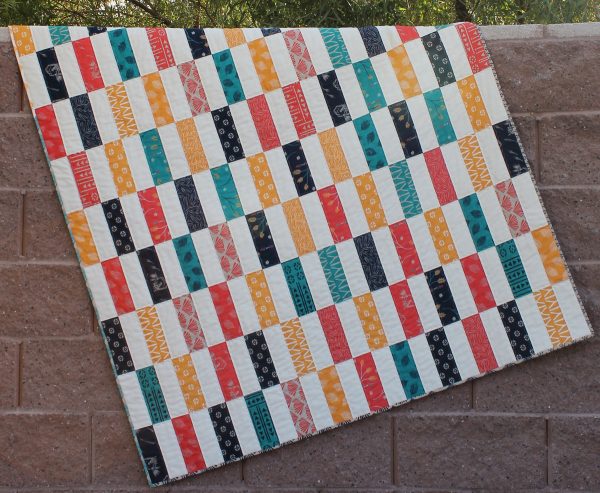
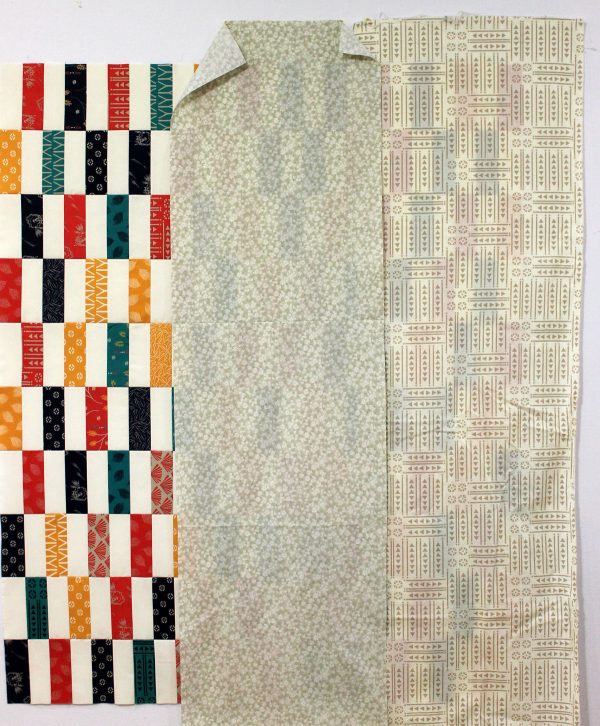
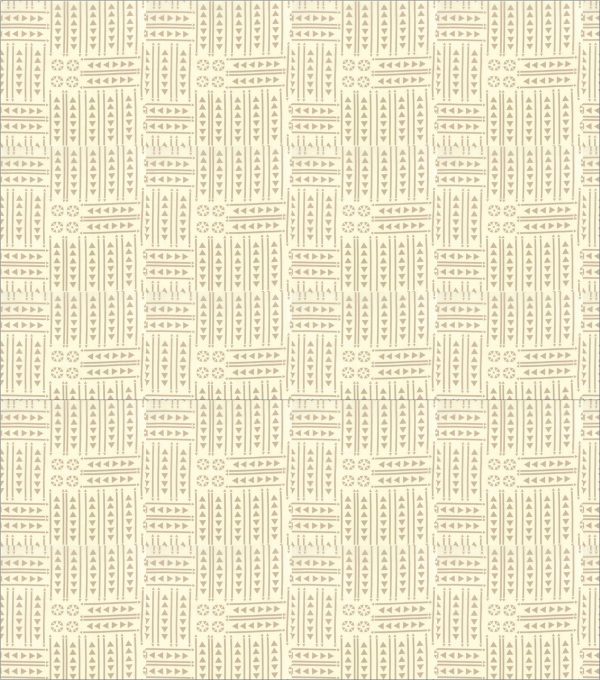
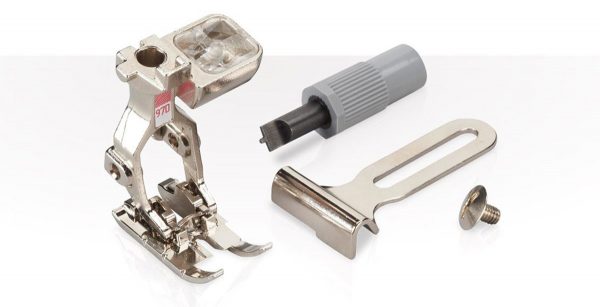
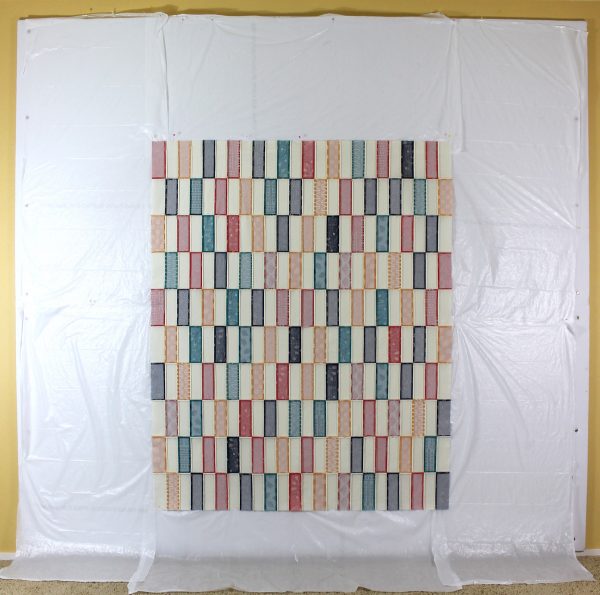
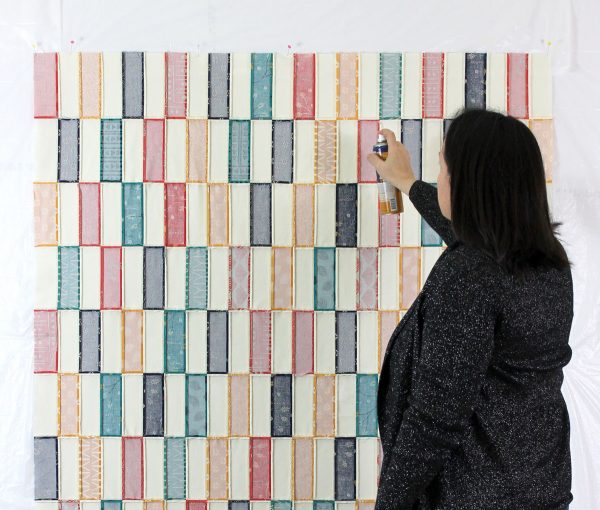
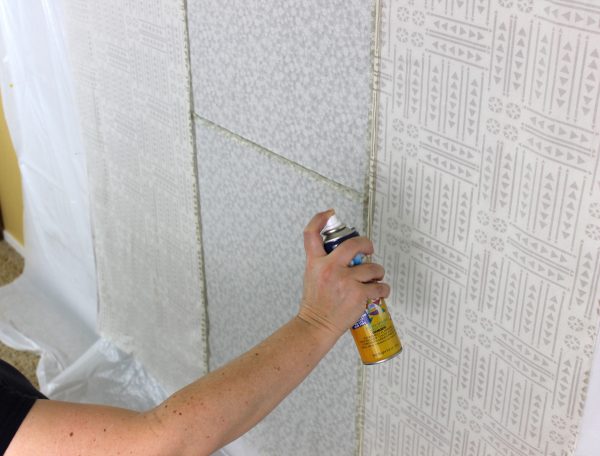
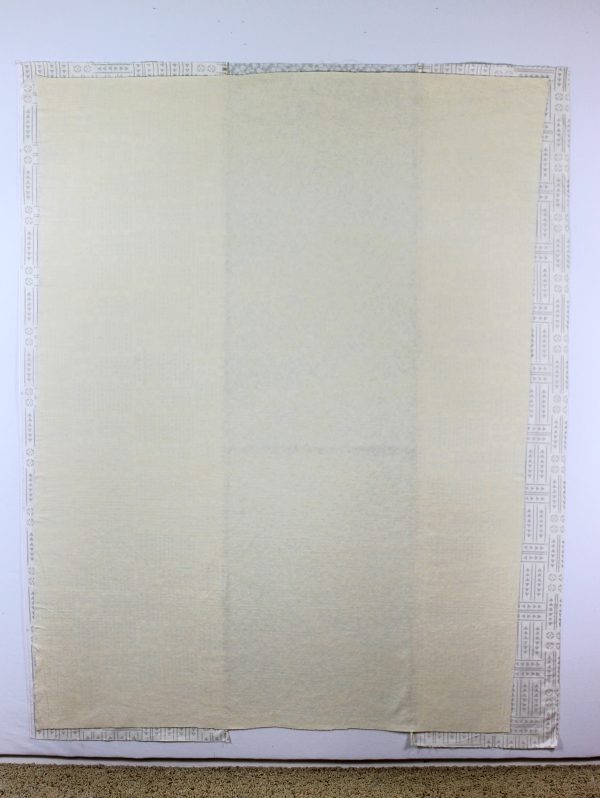
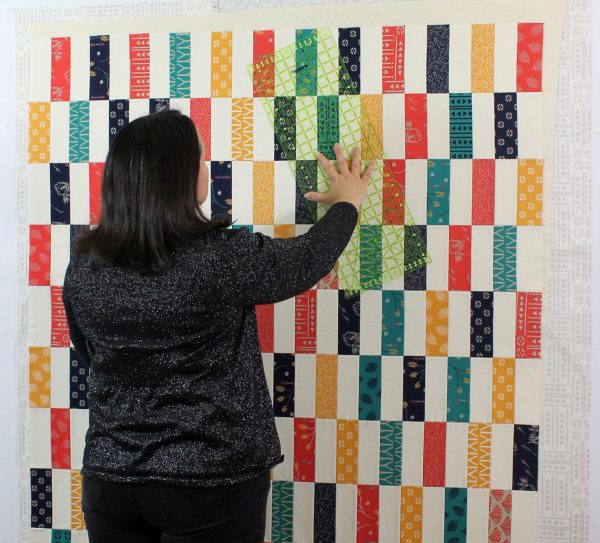
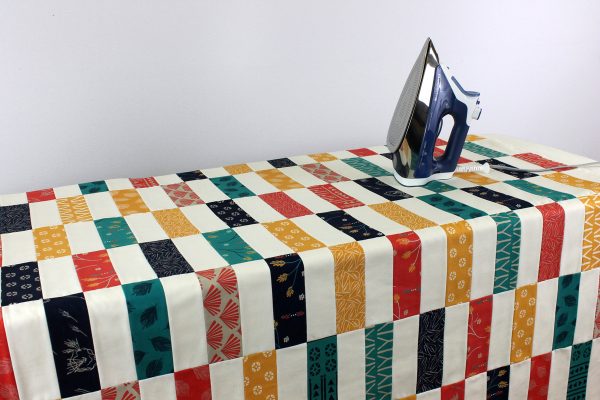
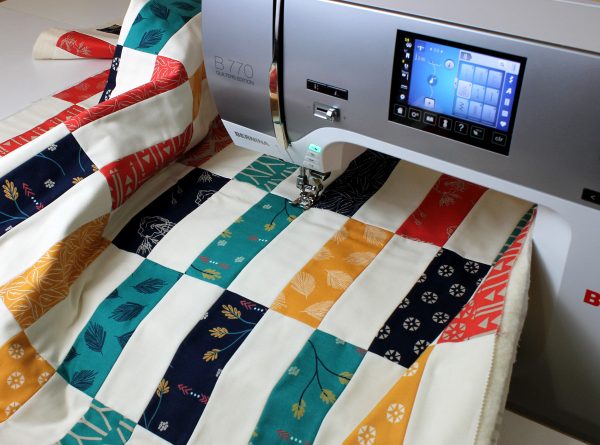
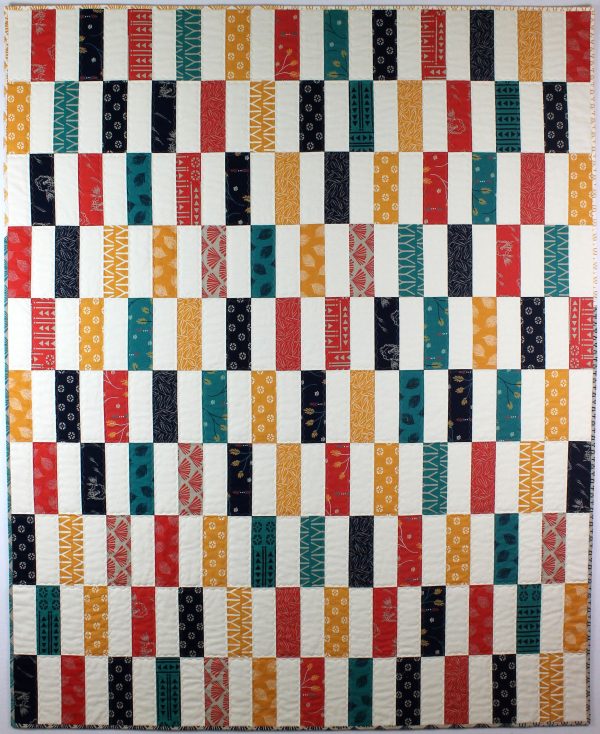




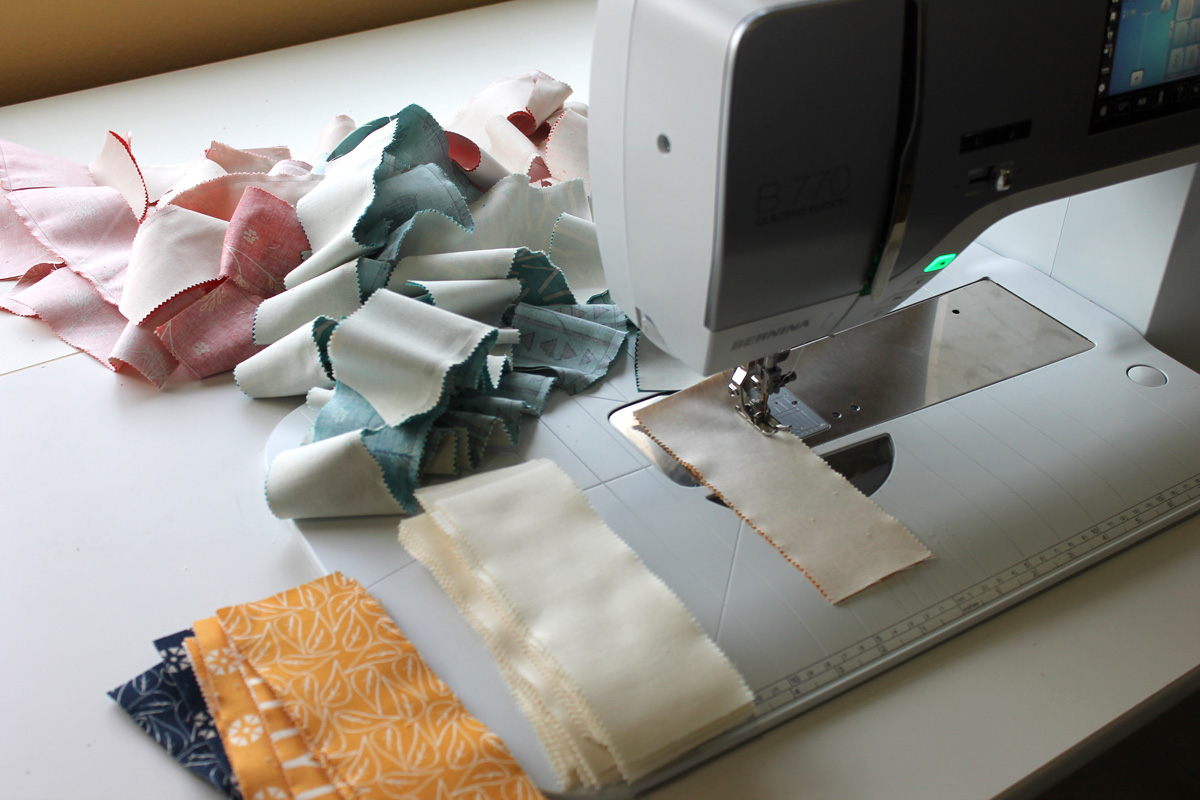
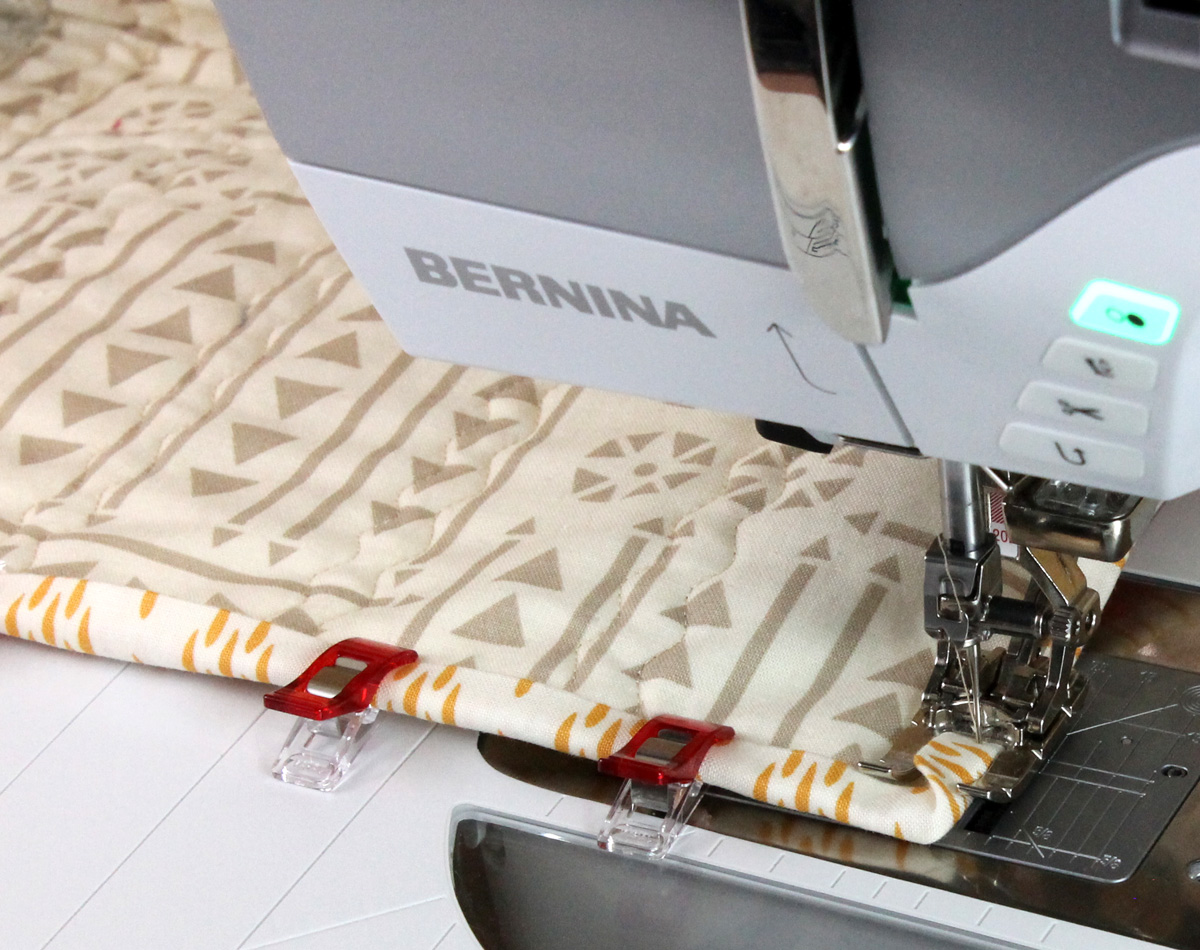
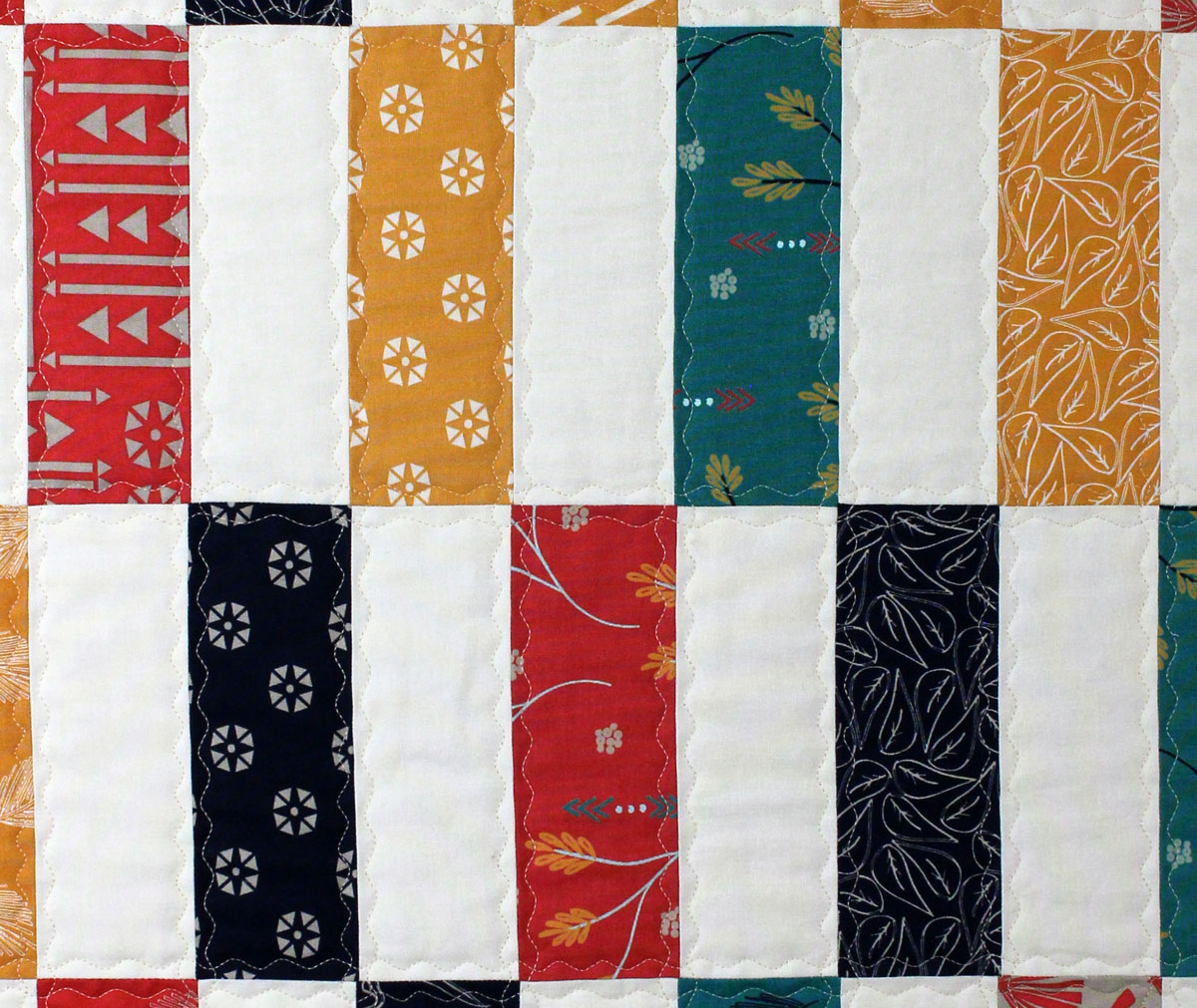
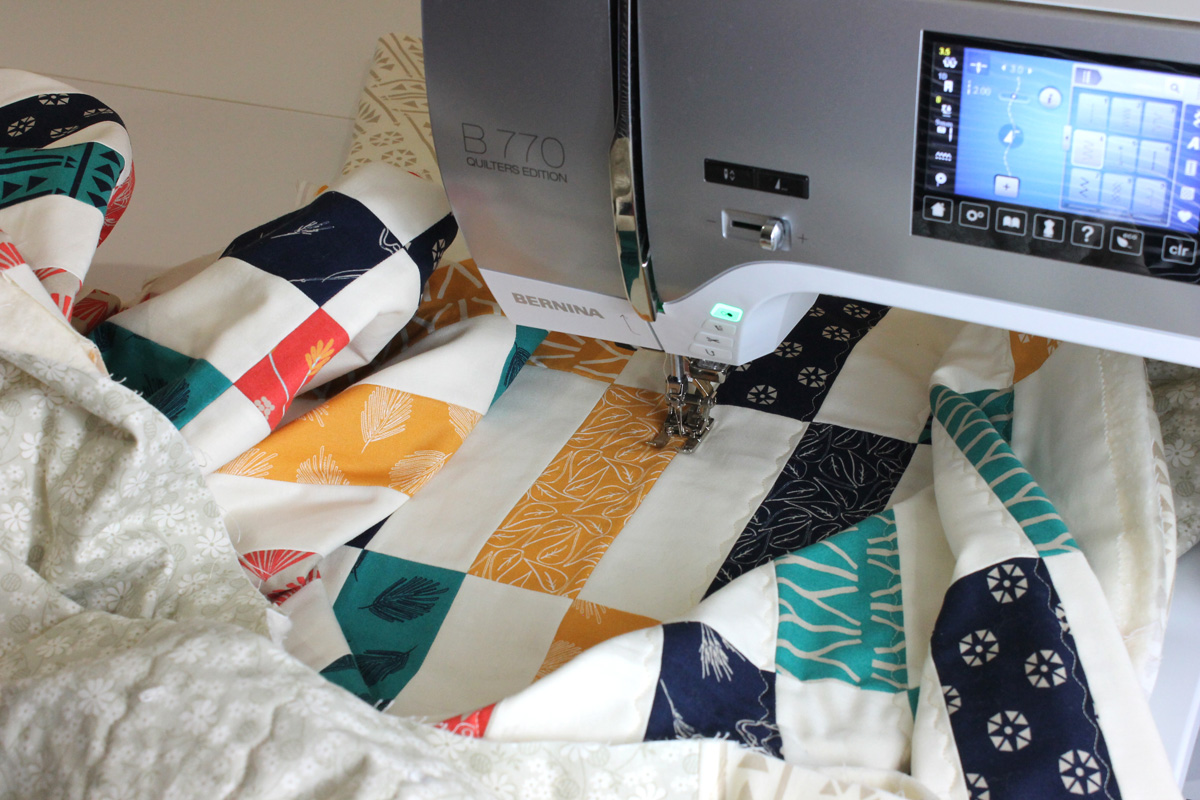
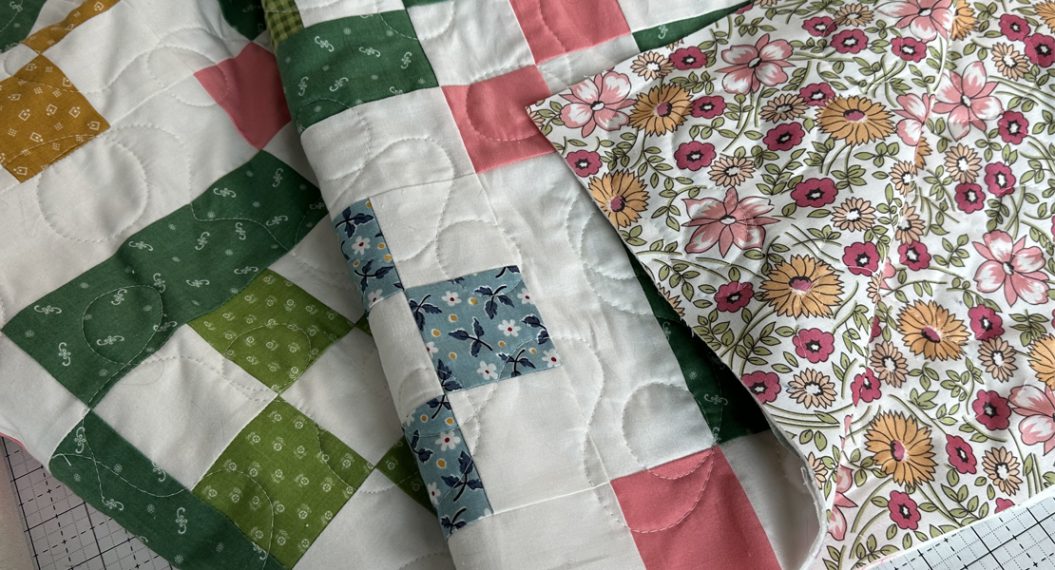
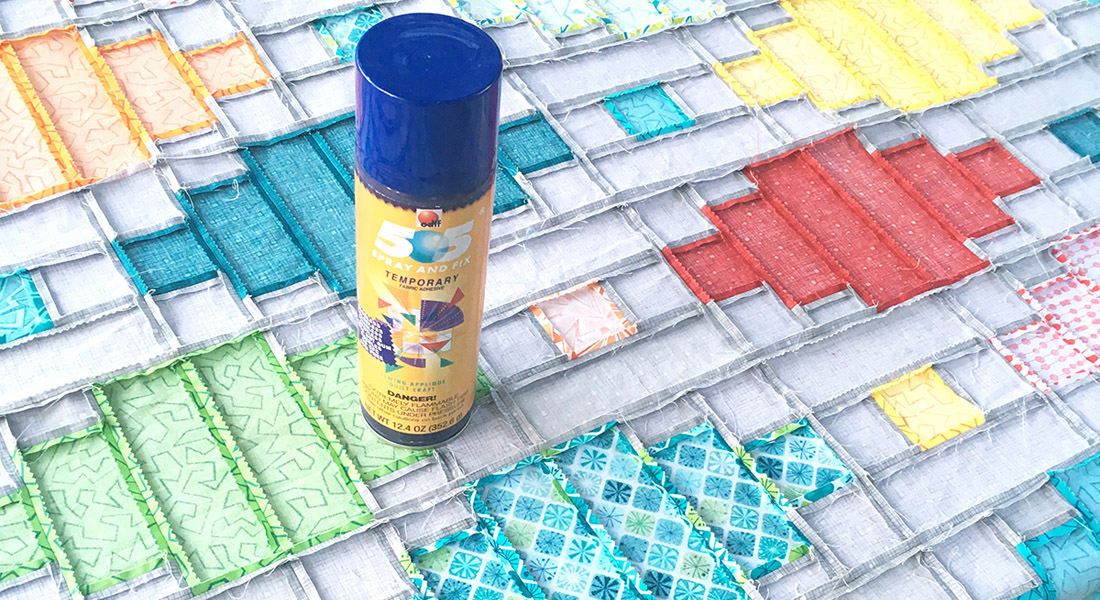
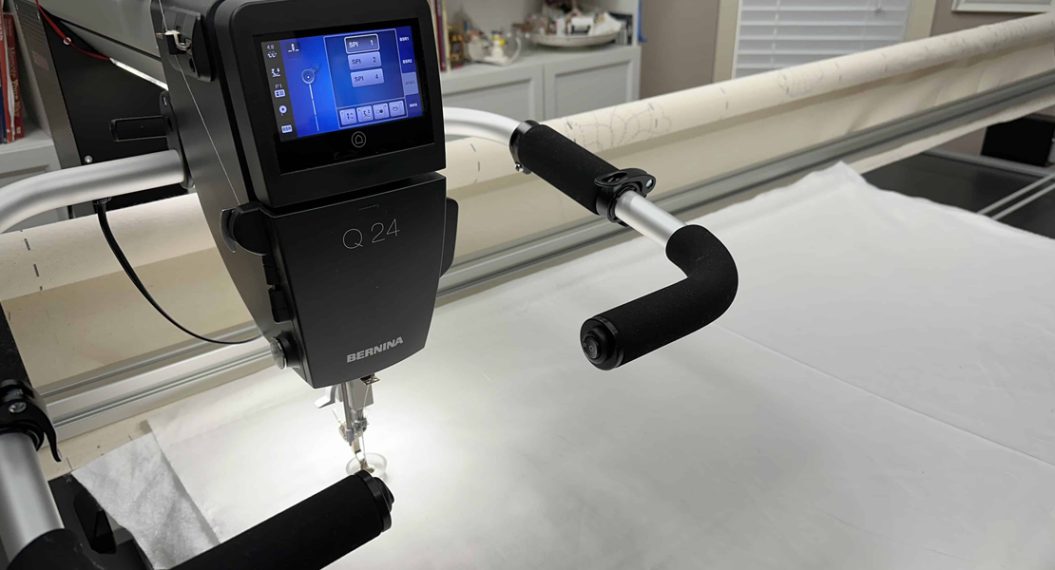
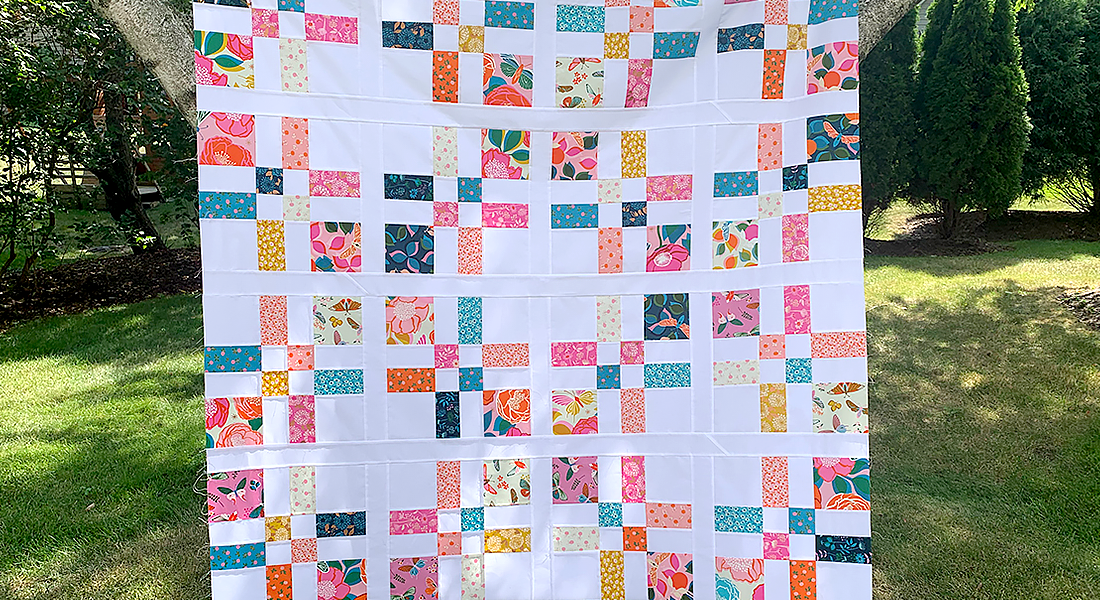
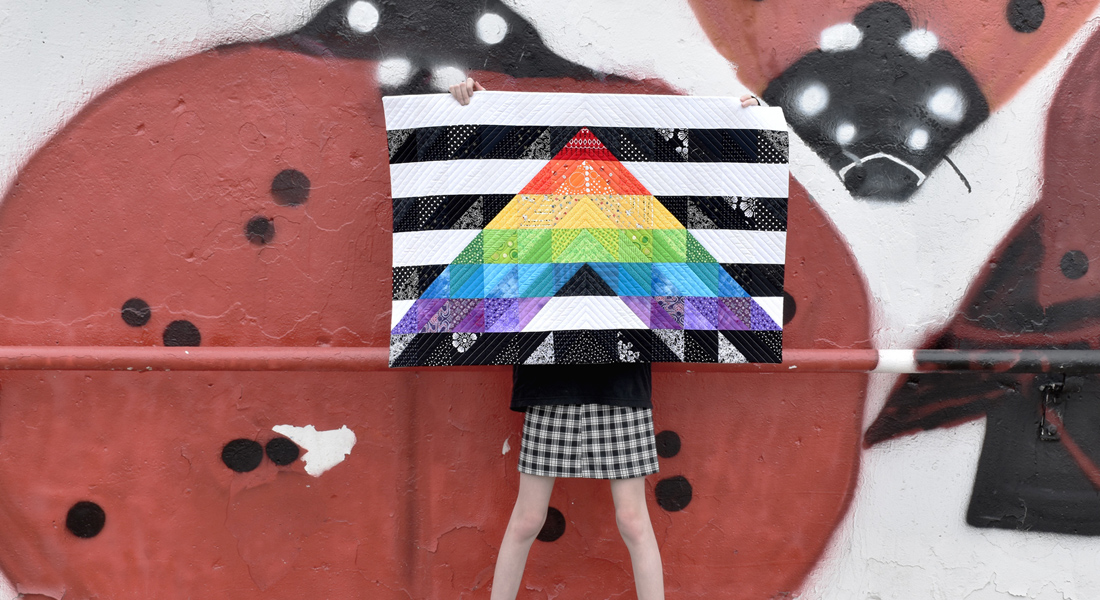
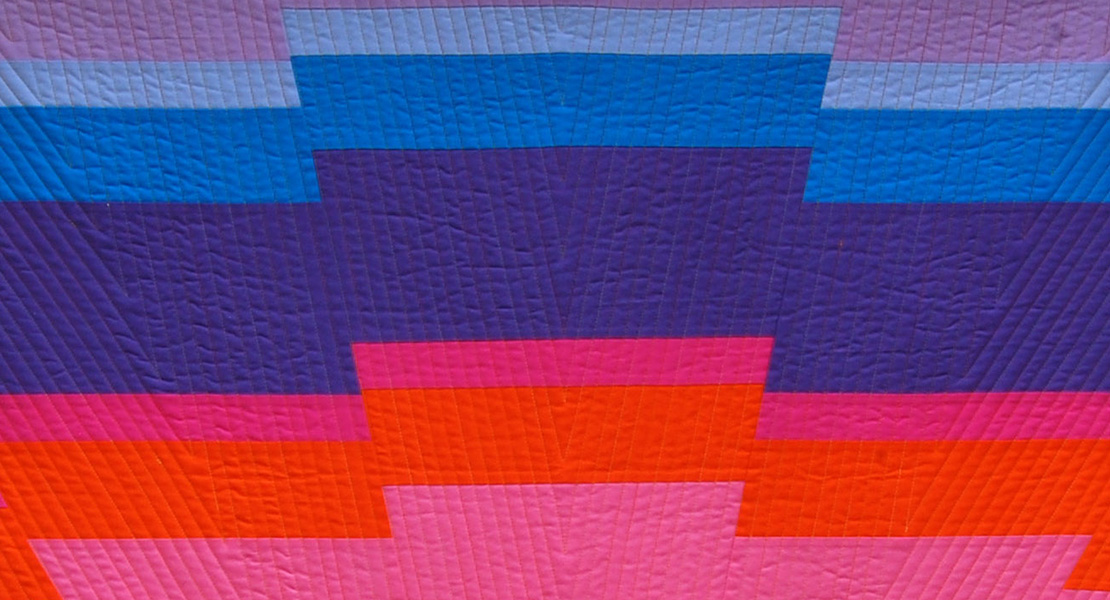
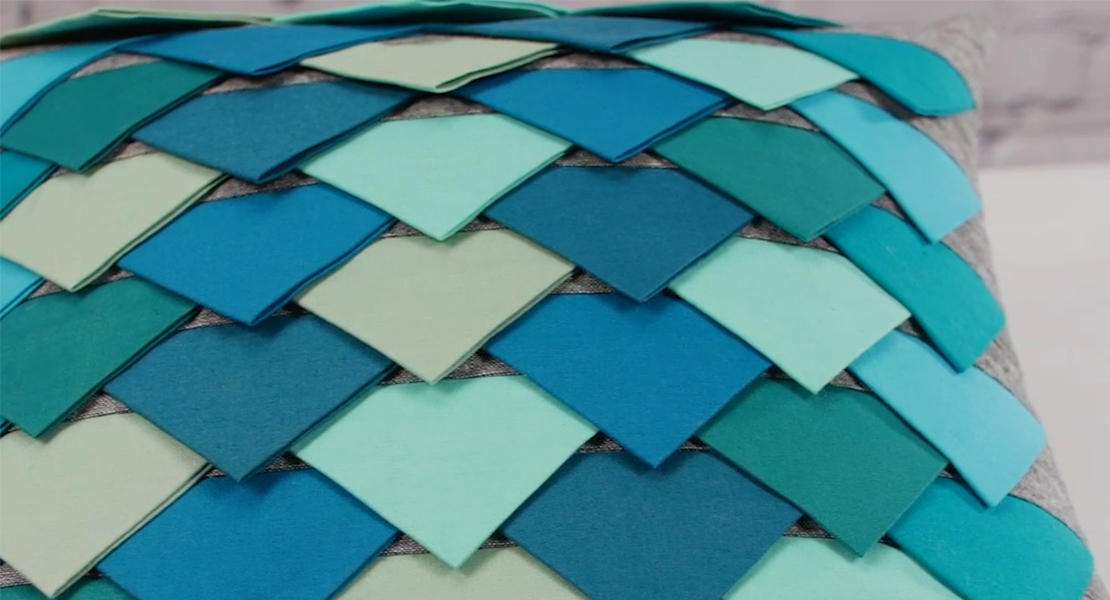
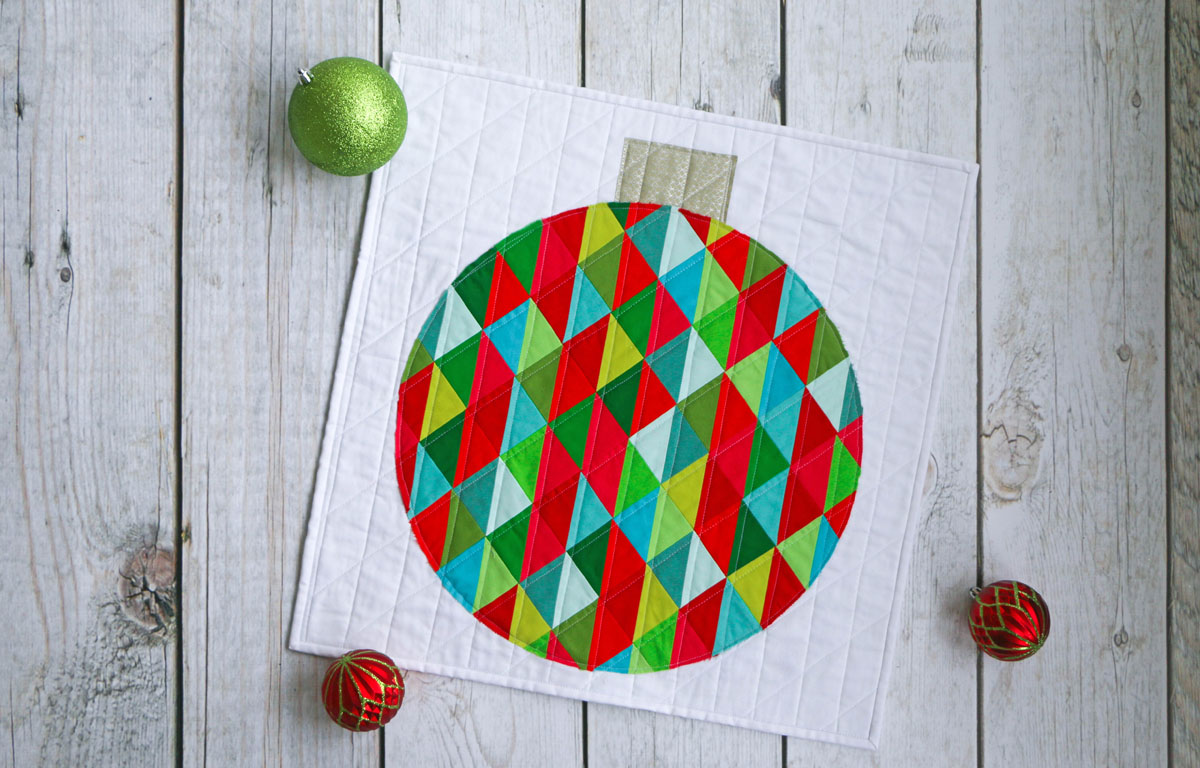
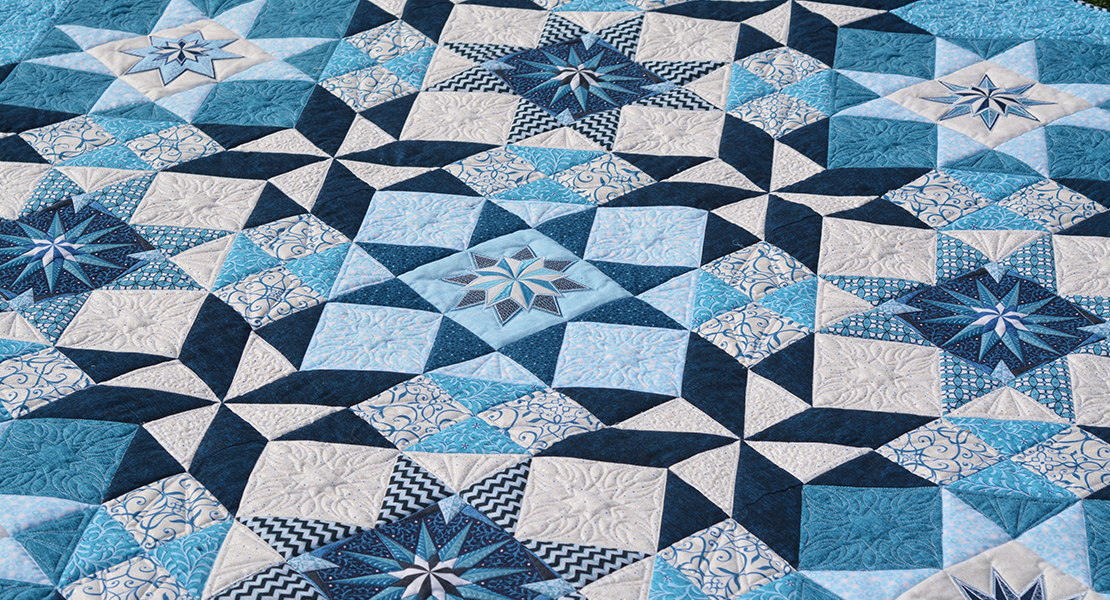
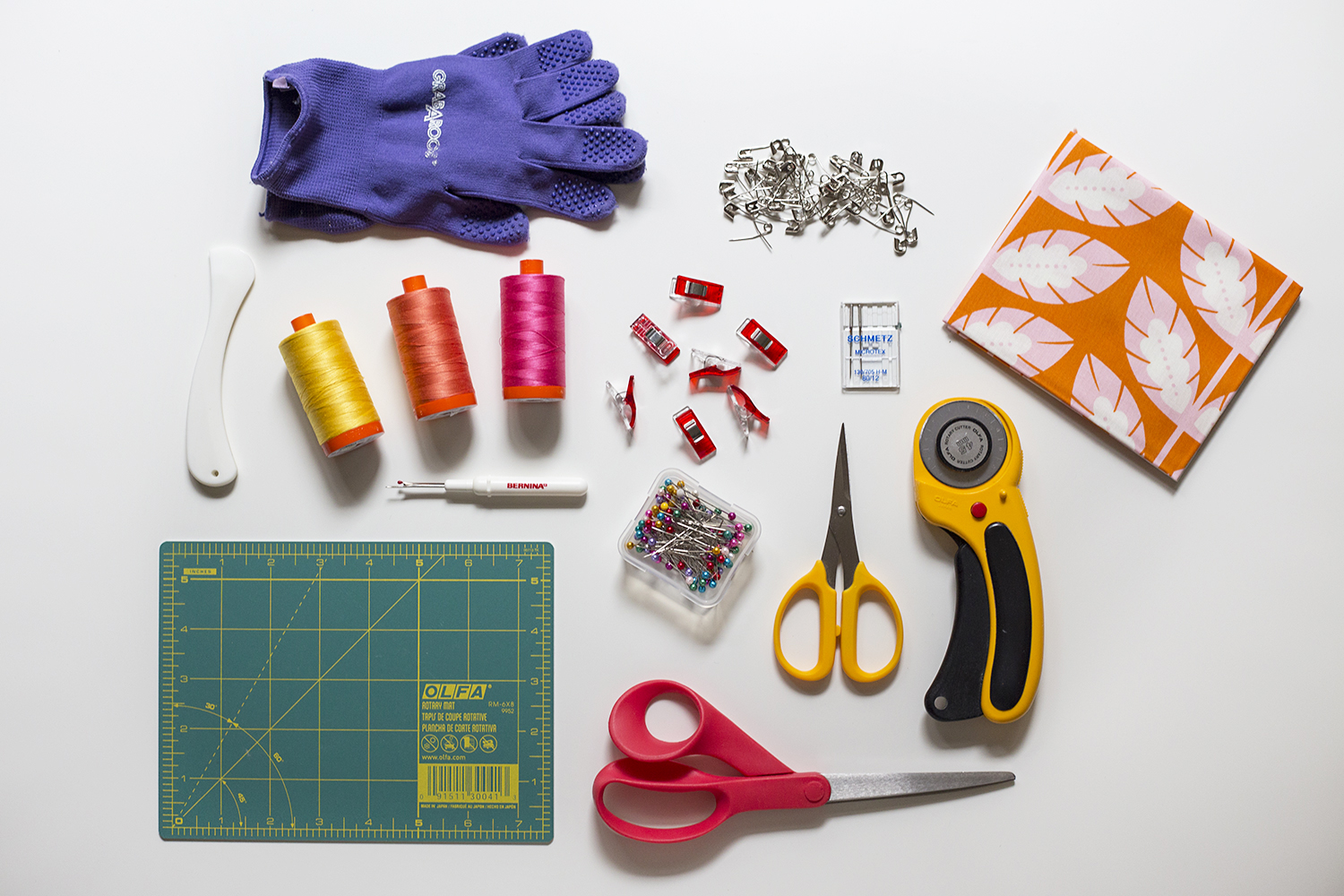
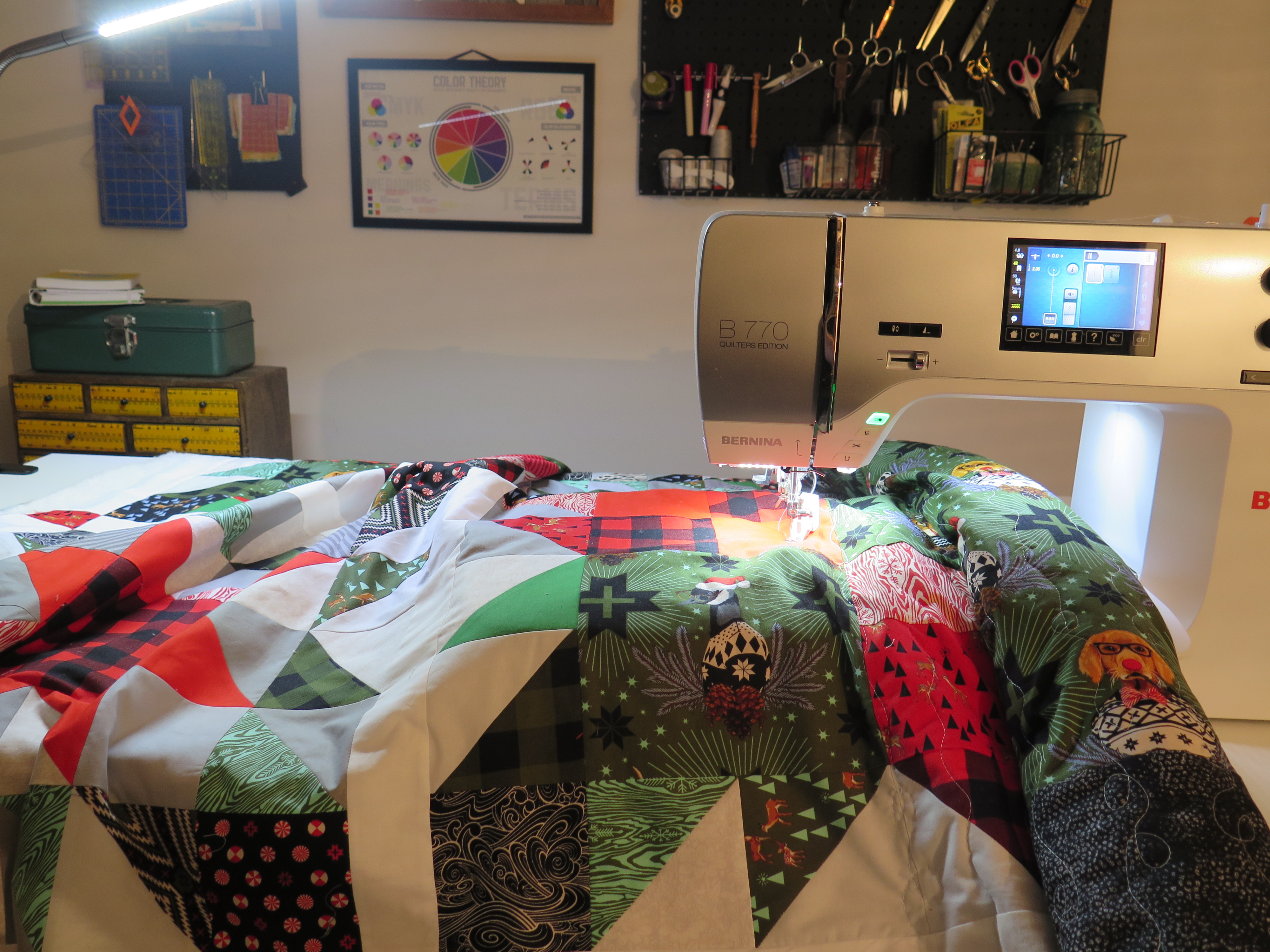
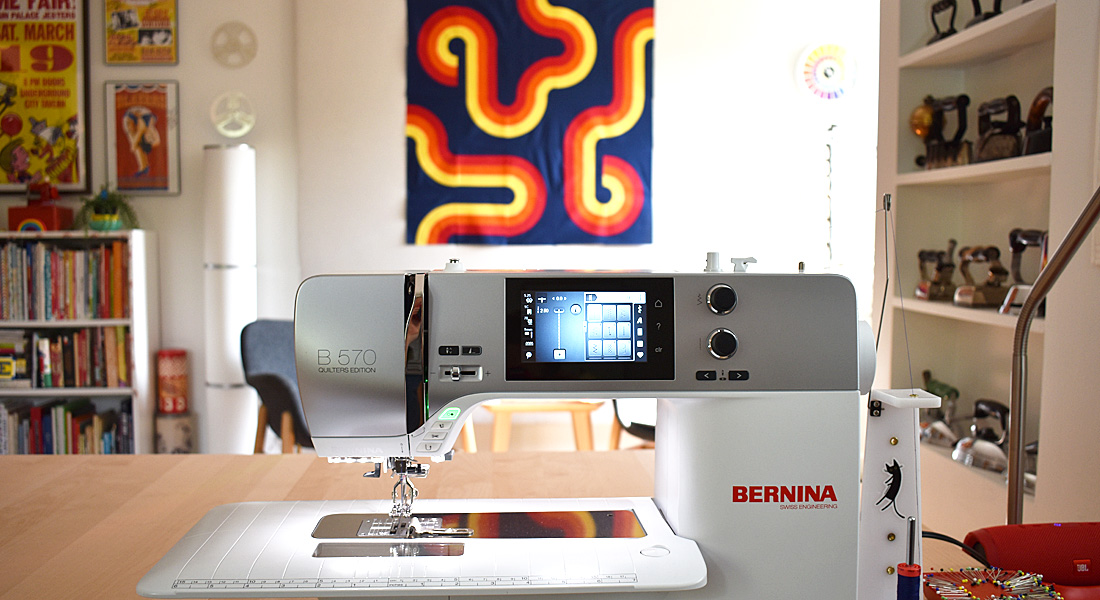
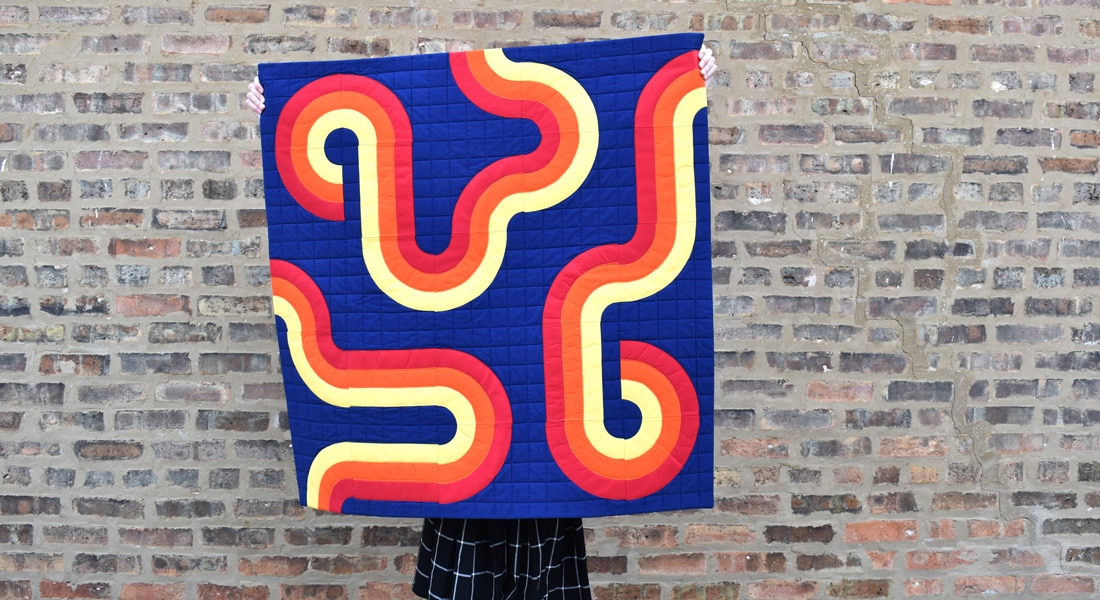
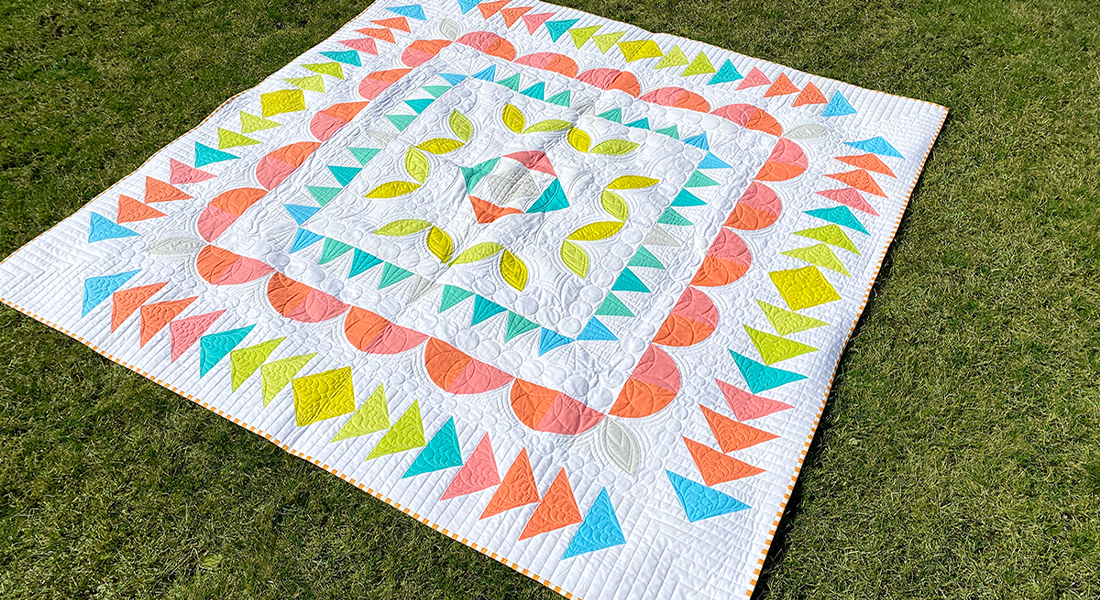
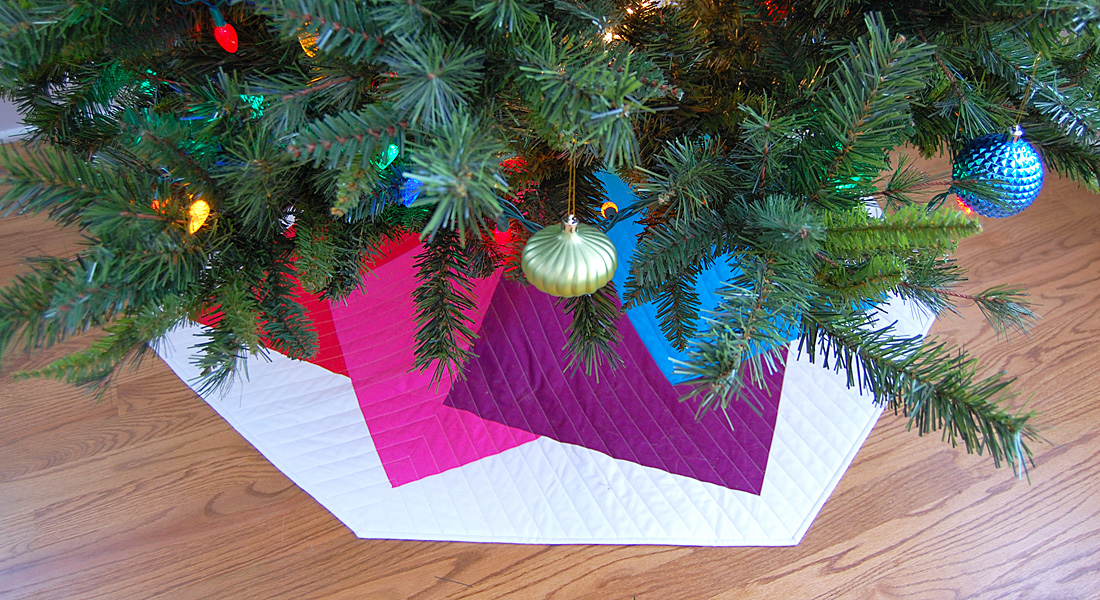
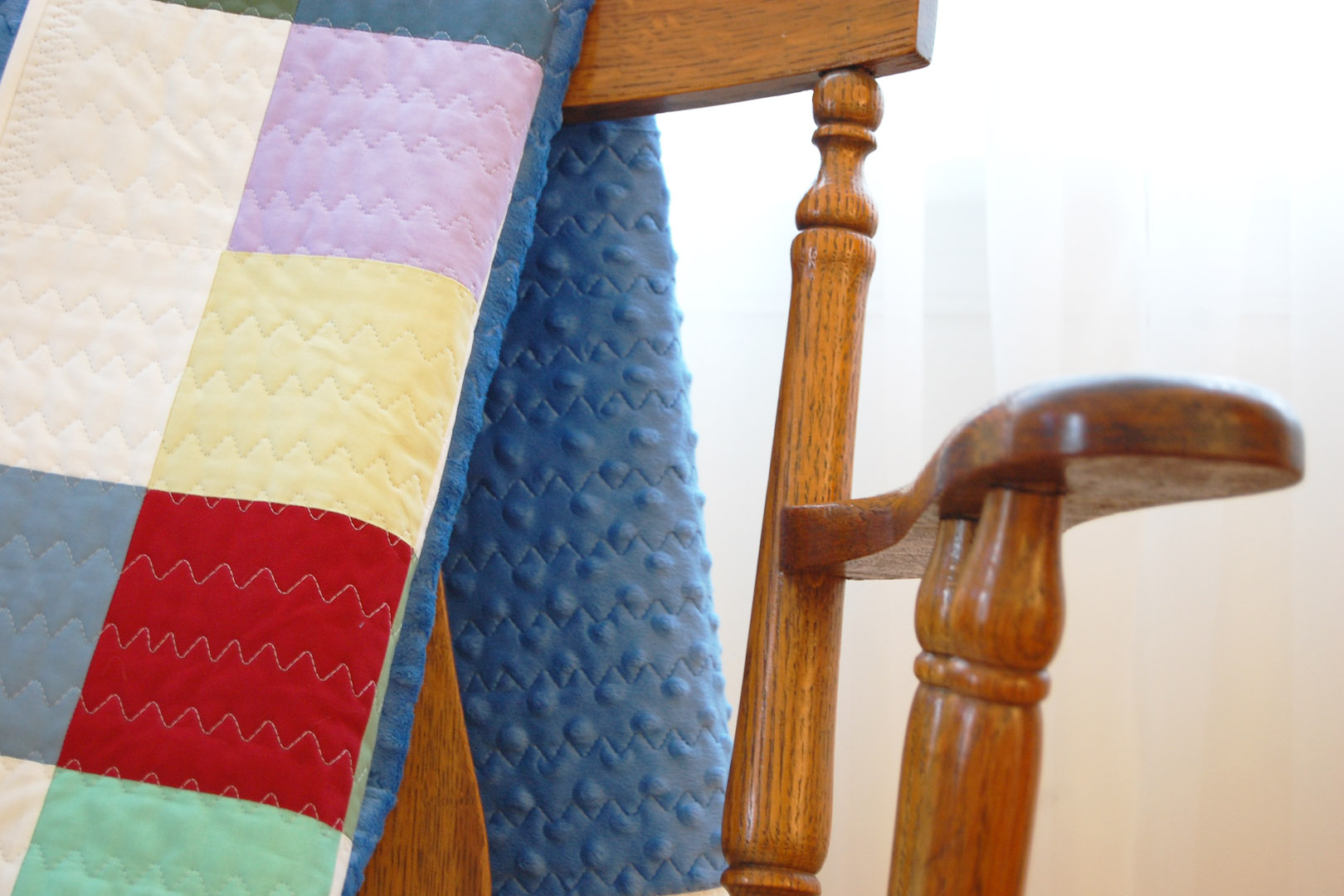
This is so cool a method for spray basting! I like to spray baste too, but never know you could apply it and wait, like you did with the quilt top. I also never knew you could iron it afterwards to strengthen the bond. Thanks for the great tutorial Christa!